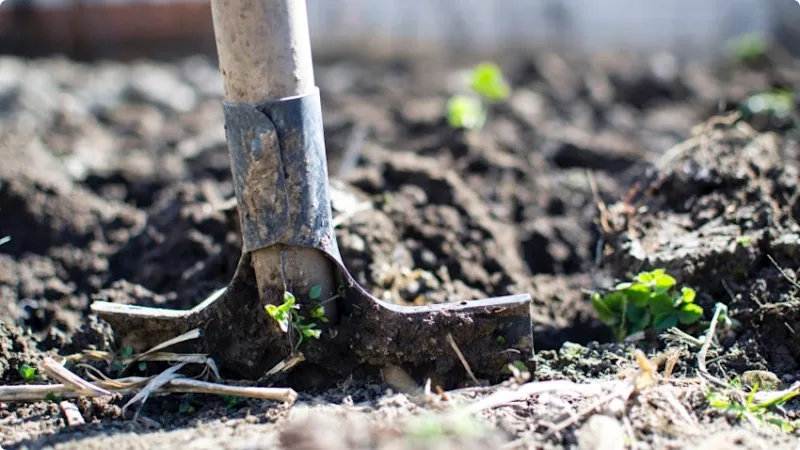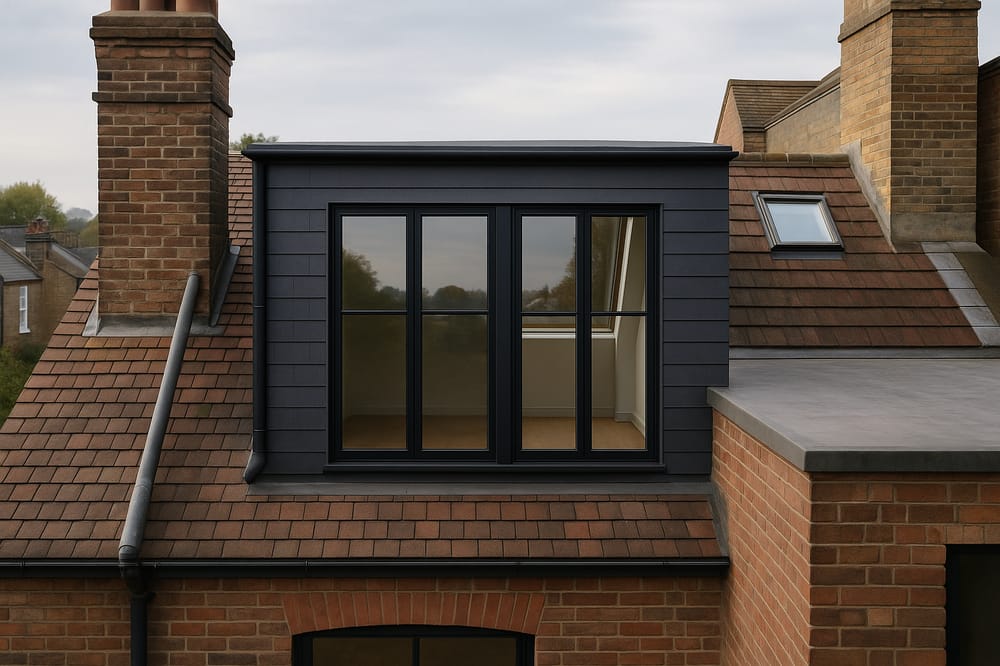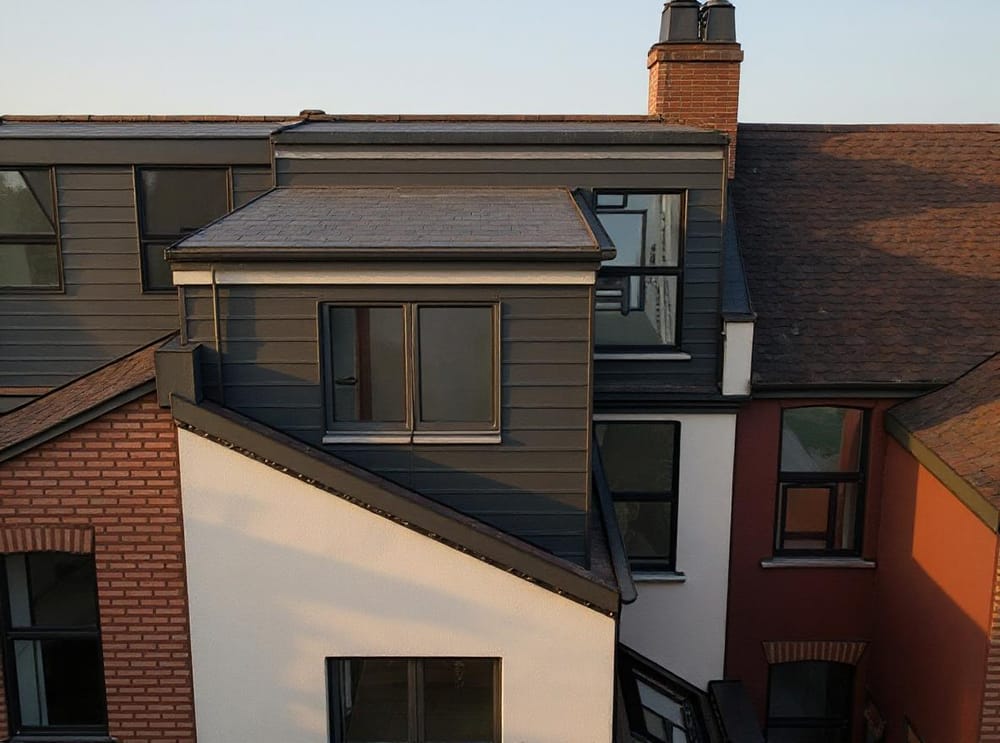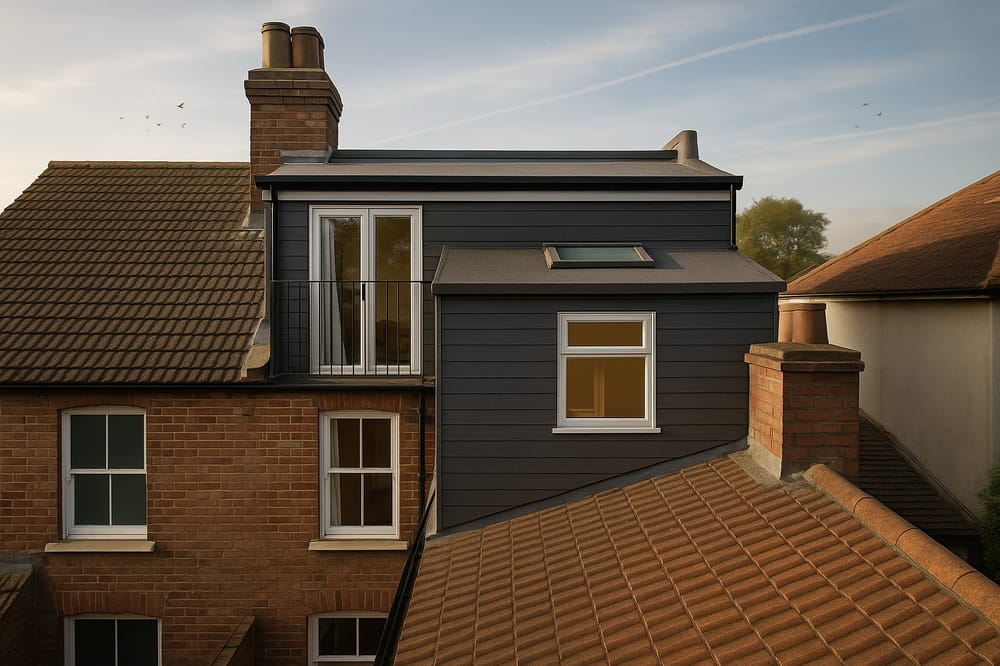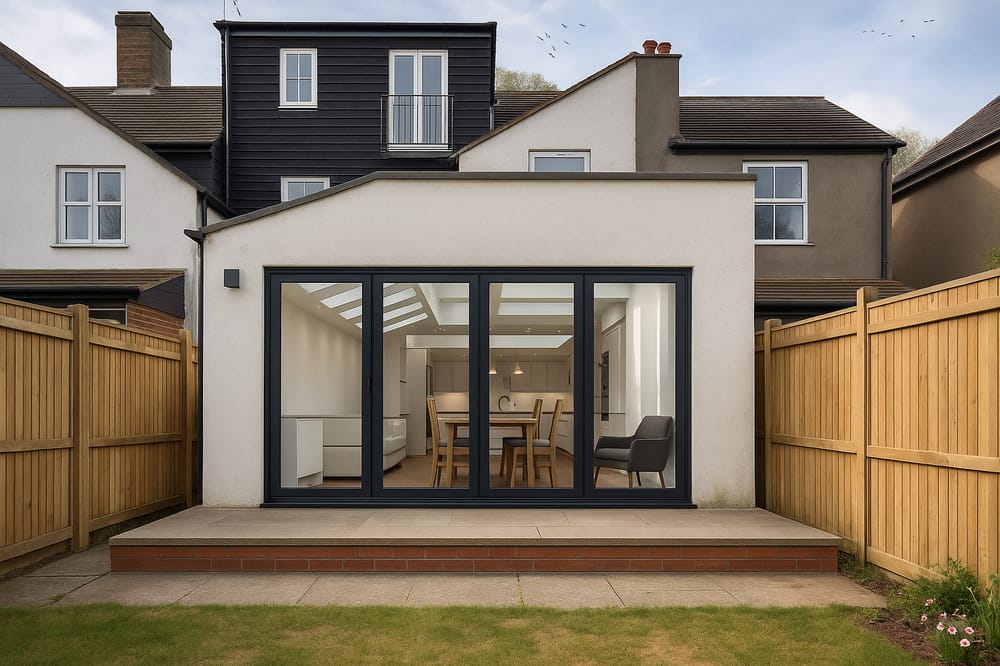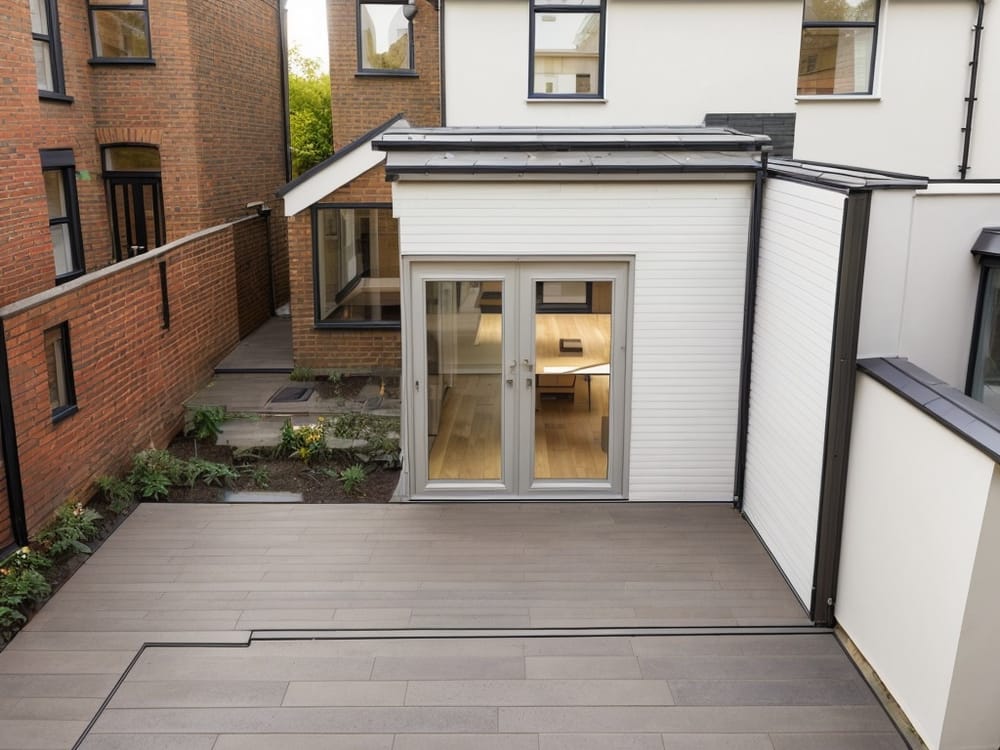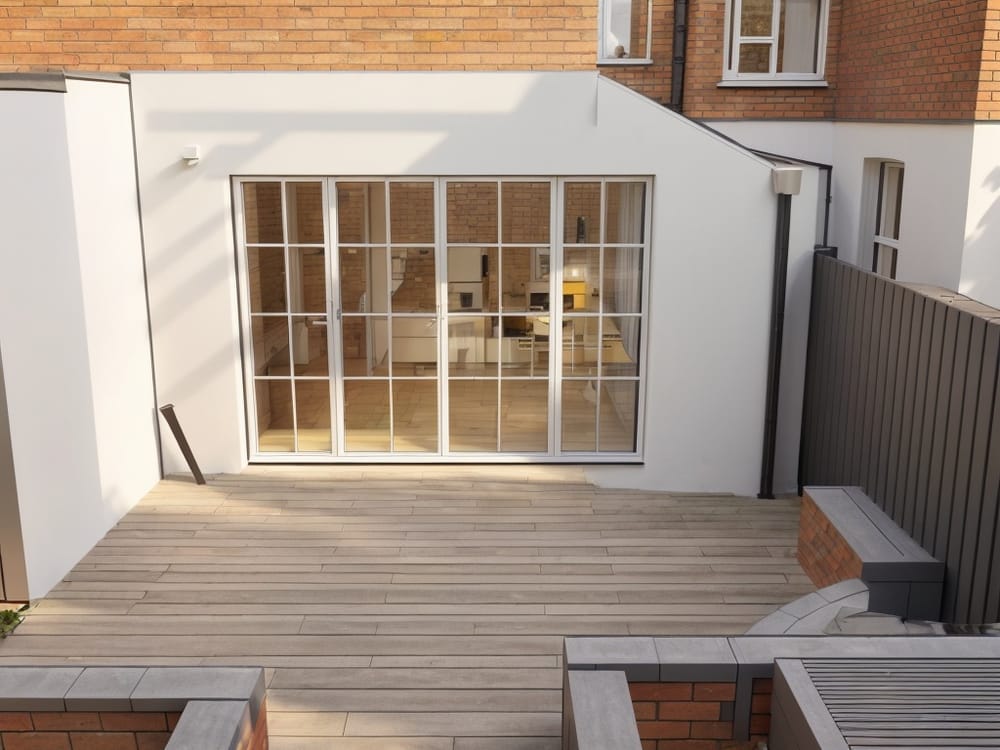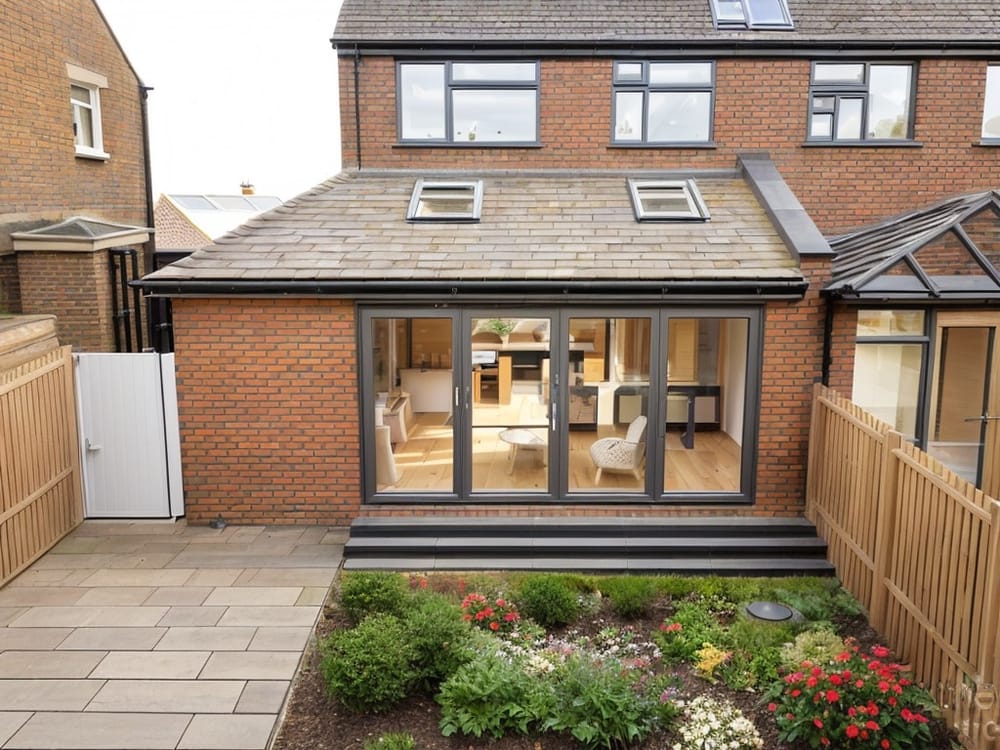With all your permissions in place, and your professionals hired, it’s time to dive into construction, right?
Well, almost. Before any tangible building can begin, you first need to get your groundworks in order. This refers to not only the foundations of your build, but also tree removal, drainage, and even the paths and patios attached to your extension.
Groundworks are a vital starting point for any project, so here’s everything you need to know going in...
What is a groundworker?
A groundworker is a uniquely British term and refers to the professional that specialises in this form of construction. It’s common for groundworkers to be brought on as subcontractors by your main builder, in order to carry out work before the build, and after it is completed.
Whether hiring your own, or going on your builder’s recommendation, you’ll want to vet any groundworker hired onto your project. If hiring your own, make sure you get in touch with previous clients for reviews, and get quotes from three separate professionals.
Make sure you ask for their opinions on…
Ground heave, your architect should have flagged if this will be an issue for your home, and it’s a red flag if a groundworker doesn’t understand this subject.
How a drain test might be carried out. Do they intend to simply throw water down there? Again, this is a red flag. A good professional will undertake an air test, whereby all the pipes are closed off and air in blown into the system to find any leaks. They might also undertake a seal test, where the pipes are sealed off and water fills the system to find leaks. If neither of these tests are mentioned, stay clear.
How will work be carried out? You’ll want to establish consistent working hours, and discuss how waste and materials will travel through your property.
Site clearing
One of the first steps in your extension, site clearing helps remove early obstacles to your construction. Your groundworker will remove all unnecessary masonry and soil from site, allowing the next stage to commence, as well as dealing with any waste. This waste might include undergrowth, or even trees, and you’ll need to make sure any tree being removed has been assessed for TPO - that’s a Tree Protection Order, a scheme put in place to protect trees of significance. This should have been covered in the planning process, but if the council hasn’t been consulted, you’ll need to do this before site clearing goes ahead.
Foundations
Your foundations lay the important first step for your extension, and you’ll need to make sure they’re being laid out in accordance with your approved drawings from your architect.
Once your foundations have been mapped out and assessed, there are two options for how they might be achieved.
Trench fill foundation
Trench fill foundations are the preferred method for most homes, as they don’t require bricks to be laid below ground. By simply pouring concrete to within 150mm of the surface ground level, the project can get moving quickly - saving time and money.
This foundation type is ideal for home on clay and chalk soils, but might not be an option is you live on unstable ground.
Strip foundations
These tend to be wider than their trench counterparts, using less concrete on the base layer. They’re ideal for homes on softer soils, such as sand, because the weight of the load is spread out over a larger surface area.
Drains
Your groundworker will be responsible for the drainage of your property, and it’s important for this to be right first time, as fixing pipes post-construction can be tricky - not to mention expensive!
The first thing your professional will look at is the position of the drains. They’ll establish where your existing drains fall, and if you’re building a new home from scratch, look into connecting you into the main system.
They’ll then move into the installation, whereby pipes will be positioned in respect to both the layout of your home and the gradient and bends present. Once this is completed, then your pipes will be tested for leaks. As we mentioned above, you’ll either want this carried out by either an air or seal test.
Final touches
Think a groundworker’s job is done when the walls go up? Wrong!
You might want to get your groundworker back in if you want some finishing touches, such as a driveway being installed, or some pathways.
Costs
Prices vary for a groundworker’s services across the UK, with prices reaching their peak in London. You could secure someone for £100 a day, or up to £300. Our Connect service introduces you to vetted contractors who can help bring your designs to life during construction. We vet contractors by assessing them against a range of criteria amongst which are: whether or not they are Trustmark or FMB affiliated, whether they have the relevant insurances in place; an assessment of their past work; meeting minimum financial standards; and finally, references from both previous customers and trade.
Fancy learning more? Book in a free consultation to hear more about our range of services.
